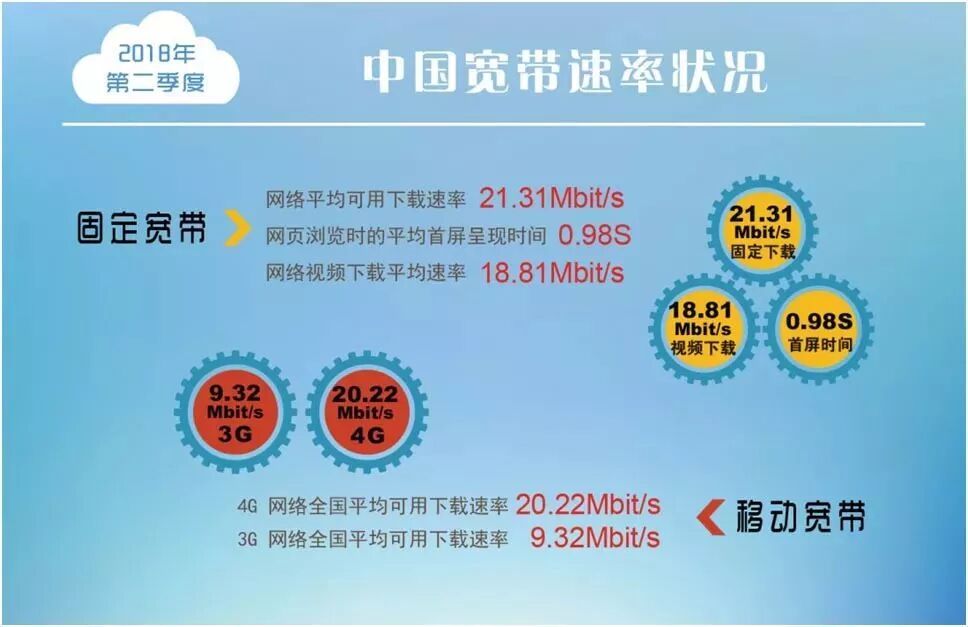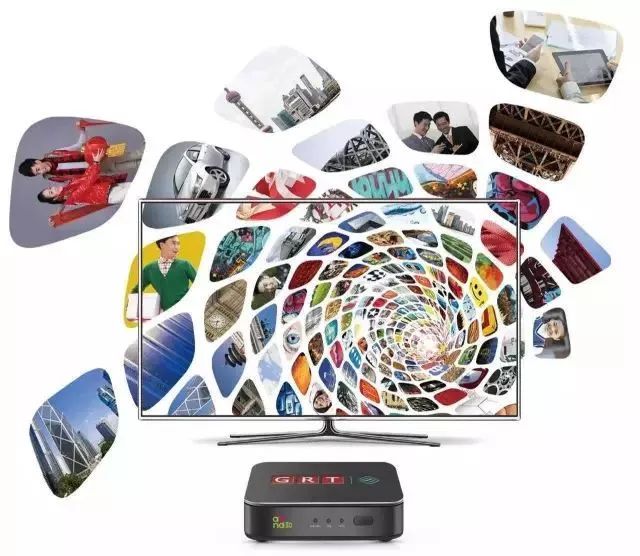Recently, I moved into a new home and counted the smart devices in my house. From smart TVs, smart speakers, and robotic vacuum cleaners to smart washing machines, smart locks, and smart switches, the number of devices that require internet connectivity has surprisingly reached over twenty.
From a single connection to a computer to now needing to connect twenty to thirty devices, the key is that each device has different connectivity requirements. It’s like having one child who is easy to feed, and now suddenly having twenty to thirty children, each with different ages and needs. For example, a 4K TV can become “fussy” when faced with internet speeds below 50 Mbps, whether through coaxial cable or ADSL (Asymmetric Digital Subscriber Line) connections. This places greater and higher demands on the household’s “backbone,” which is the wired broadband.

Most friends busy with renovations face the same problem as I do: which broadband service provider to choose. Here, I summarize a few experiences:
First, prioritize capacity
The speed of broadband development has indeed been rapid. I still clearly remember the sound of dial-up internet using a modem and telephone line, where a 512K speed was standard, and now a 50Mbps connection is considered outdated.
As early as the 20th issue of the Broadband Development Alliance’s “China Broadband Speed Report,” it was pointed out that in the second quarter of 2018, the average download speed of fixed broadband networks in China reached 21.31 Mbit/s.

This means that 100Mbps broadband has become the standard, and anything below 100Mbps is basically not worth considering.
Currently, most major service providers bundle broadband with mobile services, meaning that signing up for a mobile plan often includes broadband. Comparing the mainstream packages from several providers, we can easily see that China Mobile’s packages have significant advantages in both data and broadband.

Second, do not overlook quality
The quality of broadband is determined by multiple factors, including line quality, network architecture, and after-sales service, all of which are essential.
Previously, I encountered many issues with a certain broadband service, such as poor line quality in my community leading to excessive signal attenuation, resulting in actual bandwidth not meeting standards; high network latency causing instability, and repeated complaints to customer service that ultimately went unresolved. To avoid falling into the same trap again, I paid special attention to the technical specifications of the broadband this time.
For broadband, the most important criterion is whether it adopts the latest generation of passive optical network access standards (GPON), which provides high bandwidth, high efficiency, and extensive coverage.
Comparing three service providers, we found that China Mobile has made significant investments in broadband technology and quality. They were the first to scale up the introduction of GPON technology, starting large-scale deployment of GPON HGU that meets interoperability capabilities in 2015, leading the industry’s development.

Additionally, in terms of access mode, China Mobile primarily uses FTTH (Fiber to the Home), which not only provides greater bandwidth but also relaxes requirements for environmental conditions and power supply, simplifying maintenance and installation. Statistics show that China Mobile’s broadband network covers 74% of households, including rural and remote areas.

Moreover, China Mobile has built the world’s largest content delivery network (CDN), aimed at alleviating internet congestion and improving user access speed, covering 309 cities, and is technically comprehensive and mature.
Third, pay attention to add-ons
In fact, with the above comparisons, a decision can already be made; however, after signing up, I was pleasantly surprised by the “add-ons” from China Mobile.
Typically, promotional gifts are just for show and not very useful, but I did not expect the “4K TV service” offered by China Mobile to be genuinely valuable.
In the 4K TV service, China Mobile aggregates content from over 7,100 partners, collaborating with major video content providers such as CCTV, Tencent Video, Sohu Video, and Phoenix Video. Additionally, China Mobile has reached a strategic partnership with the CBA, securing new media rights for this year’s World Cup, showcasing a clear advantage in content. According to China Mobile, the first true 4K live broadcast will be presented during the CBA opening match, allowing fans to experience AI live editing, multi-angle viewing, multi-screen watching, and 50 frames of original footage through 4K technology.
Furthermore, China Mobile’s broadband also supports live TV, time-shifted TV, and video on demand through IPTV.

On October 22, China Mobile announced its performance for the first three quarters, stating that as of September 30, 2018, the total number of wired broadband users reached 146.8 million, making it the industry leader.
A recent Strategy Analytics report titled “Opportunities for Service Providers in the Smart Home Market” indicates that by 2020, consumers will spend nearly $130 billion annually on smart home services, with 47% or over $60 billion directed towards service providers. This suggests that future user demand for broadband services will be greater and more demanding.
Perhaps, it is time to choose a reliable “backbone” for your increasingly smart home.